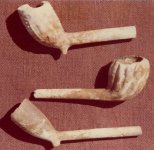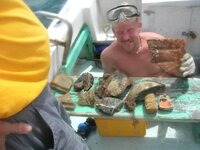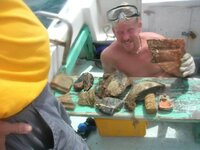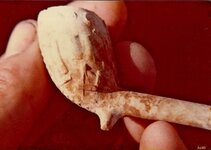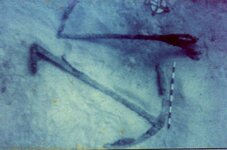Oceanscience
Full Member
- May 23, 2010
- 207
- 201
Although there are thousands of shipwrecks in less than 50 feet of water, in the Bahamas, most of these shipwrecks have little of value that could be sold.
These shipwrecks still should be located and identified.
How can the exploration of these shipwrecks be financed?
Could an educational aspect be combined with an entertainment aspect?
Would an archaeological field school be a solution? Courses for divers with a keen interest in shipwrecks?
On the land side, for the non divers, courses in conservation, preservation and curating of the artifacts?
Would people go and spend a vacation in the Bahamas, to participate in such events?
In the UK, thousands of divers are interested in taking part of such opportunities in the cold and murky waters of the UK. Would they be interested in doing the same in the crystal clear, warm waters of the Bahamas?
How could an umbrella enterprise that organizes such events be structured financially?
Can we find a business model that is economically feasible for exploring the shipwrecks of the Bahamas?
These shipwrecks still should be located and identified.
How can the exploration of these shipwrecks be financed?
Could an educational aspect be combined with an entertainment aspect?
Would an archaeological field school be a solution? Courses for divers with a keen interest in shipwrecks?
On the land side, for the non divers, courses in conservation, preservation and curating of the artifacts?
Would people go and spend a vacation in the Bahamas, to participate in such events?
In the UK, thousands of divers are interested in taking part of such opportunities in the cold and murky waters of the UK. Would they be interested in doing the same in the crystal clear, warm waters of the Bahamas?
How could an umbrella enterprise that organizes such events be structured financially?
Can we find a business model that is economically feasible for exploring the shipwrecks of the Bahamas?


